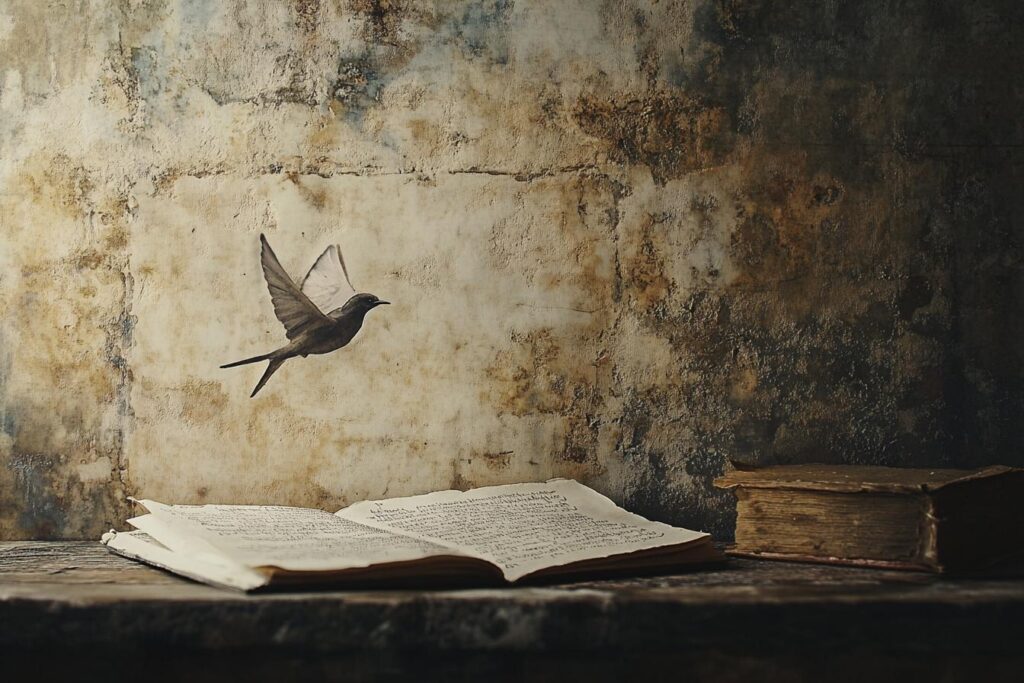Poetry, a universal language of the human experience, takes on diverse forms and functions across cultures. The very definition of what constitutes poetry can differ significantly. While Western traditions often emphasize rhyme, meter, and structure, other cultures prioritize imagery, rhythm, and sound effects. For example, in Japanese haiku, brevity and evocative imagery are paramount, while in traditional Arabic poetry, intricate rhyme schemes and complex meters dominate. This variation is not just stylistic; it reflects the cultural values, beliefs, and historical contexts that shape poetic expression.
Furthermore, the role of poetry within a culture can vary greatly. In some societies, poetry is a sacred art form used for rituals, storytelling, and preserving history. In others, it serves as a medium for social commentary, political protest, or personal expression. Consider the ancient bards of Celtic cultures, whose poetry served as a vital link to ancestral wisdom and oral tradition. Conversely, modern spoken word poetry often addresses contemporary social issues, giving voice to marginalized communities. This spectrum of purpose highlights the inherent flexibility and adaptability of poetry as a cultural phenomenon.

1. How Does Poetry Differ Across Cultures
Poetry, a universal form of expression, takes on unique shapes and characteristics across different cultures. Language, of course, plays a significant role. The sound of words, their rhythm, and their capacity for imagery vary widely. For instance, Japanese haiku, with its strict syllable count and focus on nature, contrasts sharply with the free-flowing, emotionally charged verses of Arabic poetry. Furthermore, cultural values and beliefs heavily influence poetic themes. While Western poetry often delves into personal emotions, traditional Chinese poetry frequently explores philosophical concepts and social commentary.
Beyond language and thematic variations, the very concept of what constitutes poetry can differ. Some cultures place emphasis on oral tradition, where poems are passed down through generations through recitation and performance. Others prioritize written forms, where poems are carefully crafted and preserved in manuscripts or anthologies. These differences in poetic practices and traditions reflect the diverse cultural perspectives and understandings of the world, highlighting the rich tapestry of human expression that poetry represents.
2. Cultural Values Shape Poetic Forms
Poetry, as a form of artistic expression, naturally reflects the cultural values and beliefs of its creators. Different cultures have unique ways of perceiving the world, organizing their thoughts, and expressing emotions. These diverse perspectives manifest in the structure, rhythm, and imagery of poetry. For example, in cultures that value brevity and directness, poetic forms like haiku and tanka thrive, emphasizing conciseness and evocative imagery. On the other hand, cultures that embrace elaborate storytelling and rich imagery often give rise to longer poetic forms with intricate rhyme schemes and complex metaphors.
Moreover, the themes explored in poetry are deeply intertwined with cultural values. Poetry from cultures that emphasize collective identity and social harmony often focuses on themes of unity, community, and respect for tradition. Conversely, cultures that prioritize individual expression and personal freedom may see poetry as a platform for exploring individual experiences, emotions, and aspirations. These cultural influences create a tapestry of diverse poetic voices, each offering unique insights into the human condition and the richness of the world.
3. Language and Sound Devices Vary
One key difference in poetry across cultures lies in the use of language itself. Some cultures favor a more direct and concise style, while others embrace a more ornate and elaborate approach. This difference often stems from the structure of the language itself. For instance, languages with complex grammatical structures might lead to a more intricate and nuanced poetic form. Additionally, the availability of rhyme and meter can significantly influence poetic expression. Some languages possess a wealth of rhyming words, making it easy to create a rhythmic flow, while other languages struggle to find suitable rhymes, leading poets to explore alternative sound devices, such as alliteration and assonance.
Furthermore, the significance of sound devices varies across cultures. For example, in some cultures, the repetition of sounds is highly valued, serving as a powerful tool for emphasis and emotional impact. In other cultures, however, repetition might be viewed as redundant or even jarring. These cultural differences in the perception of sound devices can dramatically affect the way poetry is written and interpreted, contributing to the vast diversity of poetic traditions worldwide.
4. Themes and Subject Matter Reflect Cultures
Poetry often acts as a mirror, reflecting the values, beliefs, and concerns of the culture that produces it. For example, ancient Greek poetry often celebrated heroism and the pursuit of glory, while traditional Japanese poetry, like haiku, focused on nature and fleeting moments of beauty. These differences stem from the unique cultural perspectives and priorities of each society. Similarly, themes of love, loss, and spirituality are explored in poems from diverse cultures, but the specific ways these themes are addressed often vary depending on the cultural context.
Furthermore, the subject matter of poetry can also reveal important cultural insights. Poems may celebrate national heroes, commemorate historical events, or express reverence for religious figures. The selection of these subjects reflects the shared experiences and collective memory of a culture. This means that by examining the subjects of poetry, we gain a deeper understanding of the cultural values and priorities that shape a society.
5. Oral vs Written Traditions Influence Style
The way a culture transmits its stories and poems significantly affects the style of the poetry. In cultures with strong oral traditions, poetry often features repetition, memorable imagery, and a rhythm that makes it easy to recite aloud. This emphasis on sound and memorability is evident in the use of alliteration, assonance, and strong metaphors. Think of ancient epic poems like the *Iliad* and the *Odyssey* – they were meant to be sung and chanted by bards, and their structure reflects that oral performance.
In contrast, cultures with a strong written tradition tend to produce poetry that is more complex and nuanced. Written poetry can explore more subtle themes and ideas because the reader has time to contemplate the meaning. Written poems can also experiment with form and structure in ways that are not possible in oral poetry. For example, written poems can be very long and intricate, with complex rhyme schemes and internal structures. This allows for more intricate wordplay and deeper exploration of ideas.
6. Historical Context Shapes Poetic Evolution
Poetry, a powerful tool for expressing emotions and ideas, evolves organically in response to the historical context in which it is created. For example, ancient Greek poetry, marked by its emphasis on epic tales and mythology, reflected the values and beliefs of a society deeply rooted in oral tradition. The rise of the Roman Empire, however, shifted the focus towards lyrical poetry, which often explored themes of love, loss, and personal experience. This shift reflects the changing social structures and values that accompanied the transition from a predominantly oral culture to a more literate one.
Furthermore, historical events profoundly influence poetic forms and content. The Renaissance, a period of intellectual and artistic rebirth, witnessed the emergence of sonnets and other structured forms that celebrated human potential and individual expression. In contrast, the Romantic era, marked by social upheaval and industrialization, fostered a more introspective and emotional style of poetry, often reflecting the anxieties and hopes of a rapidly changing world. These examples underscore the dynamic relationship between historical context and poetic evolution, revealing how poetry adapts and evolves to reflect the changing times.
Conclusions
So, there you have it! Poetry is a truly global language, but it speaks in different accents depending on where it comes from. We’ve seen how cultural values shape the very forms poems take, from the elegant haikus of Japan to the free-flowing verses of American Beat poets. Different languages bring their own unique sounds and rhythms, making poetry a musical experience unlike any other. And, of course, the stories poems tell and the themes they explore are deeply rooted in the cultures that give birth to them. Whether passed down orally through generations or carefully crafted in written form, poetry’s evolution is a fascinating journey, shaped by the historical context of each era.
Whether you’re a seasoned poetry enthusiast or just starting to explore its world, understanding these cultural differences can enrich your appreciation for the art form. So, the next time you read a poem, take a moment to consider the culture it comes from and how it might be influencing the words on the page. You might be surprised at the deeper meanings you uncover!

